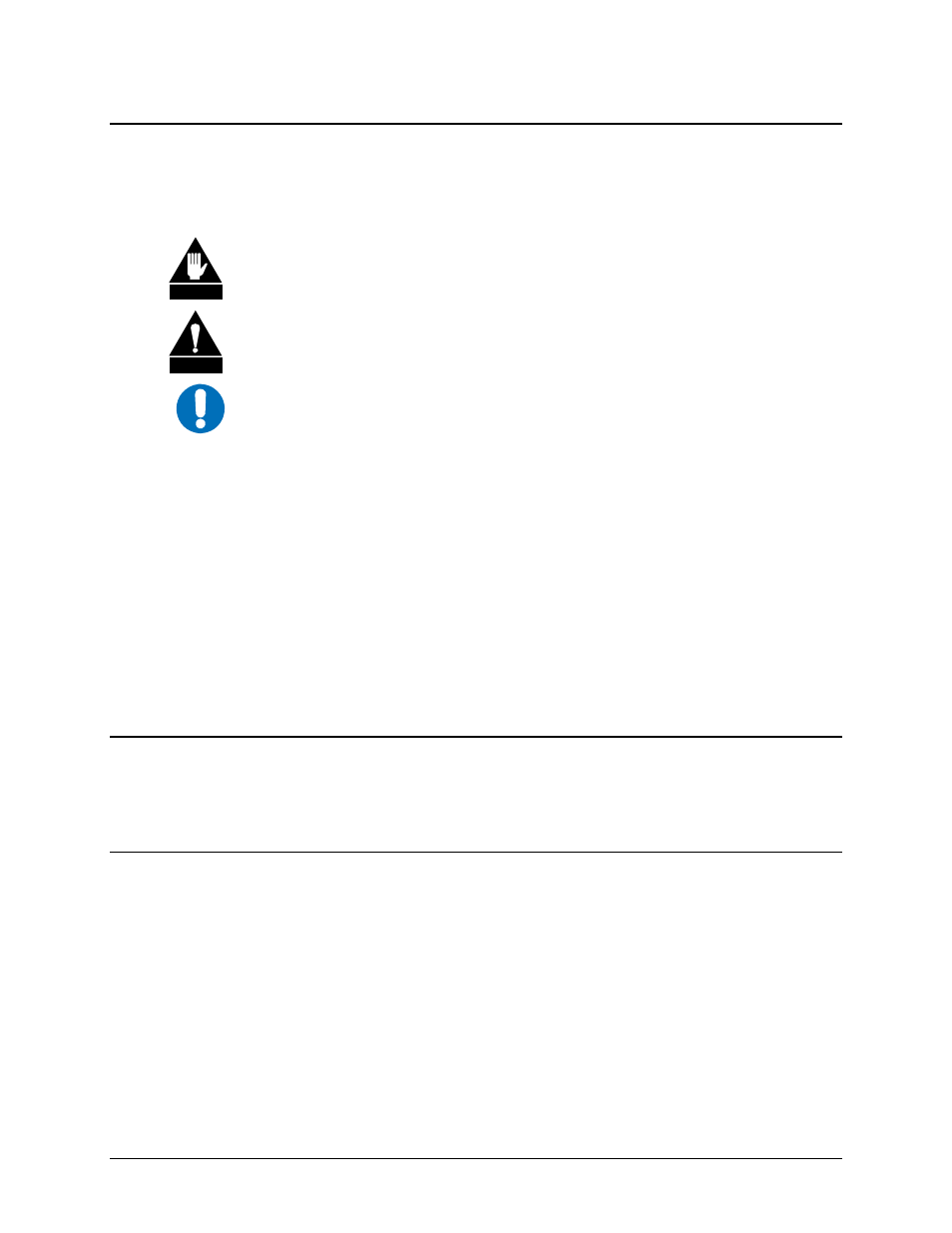Conventions and references, Cautions and warnings, Metric conversion – Comtech EF Data CRS-280L User Manual
Page 12: Recommended standard designations, Telecommunications terminal equipment directive, Federal communications commission (fcc), Conventions and references cautions and warnings

CRS-280L L-Band IF Switch for 1:N Redundancy
Revision 1
Preface
MN/CRS280L.IOM
viii
Conventions and References
Cautions and Warnings
WARNING
WARNING indicates a potentially hazardous situation that, if not avoided, could
result in death or serious injury.
CAUTION
CAUTION indicates a hazardous situation that, if not avoided, may result in minor
or moderate injury. CAUTION may also be used to indicate other unsafe practices
or risks of property damage.
IMPORTANT
IMPORTANT or NOTE indicates information critical for proper equipment function.
Metric Conversion
Metric conversion information is located on the inside back cover of this manual. This information
is provided to assist the operator in cross-referencing non-metric to metric conversions.
Recommended Standard Designations
Recommended Standard (RS) Designations have been superseded by the new designation of the
Electronic Industries Association (EIA). References to the old designations are shown only when
depicting actual text displayed on the screen of the unit (RS-232, RS-485, etc.). All other references
in the manual will be shown with the EIA designations.
Telecommunications Terminal Equipment Directive
In accordance with the Telecommunications Terminal Equipment Directive 91/263/EEC, this
equipment should not be directly connected to the Public Telecommunications Network.
Federal Communications Commission (FCC)
This equipment has been tested and found to comply with the limits for a Class A digital device,
pursuant to Part 15 of the FCC rules. These limits are designed to provide reasonable protection
against harmful interference when the equipment is operated in a commercial environment.
This equipment generates, uses, and can radiate radio frequency energy. If not installed and used
in accordance with the instruction manual, it may cause harmful interference to radio
communications. Operation of this equipment in a residential area is likely to cause harmful
interference; in which case, users are required to correct the interference at their own expense.
